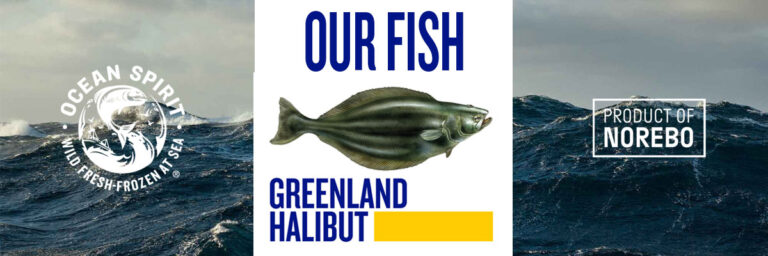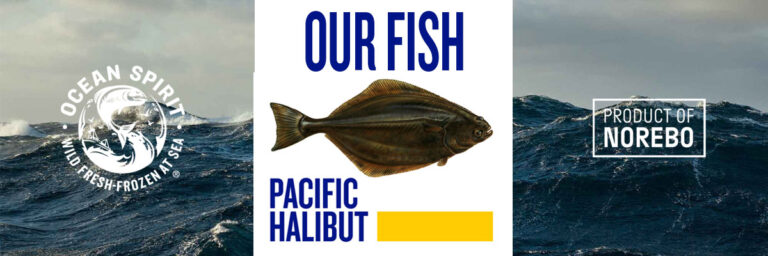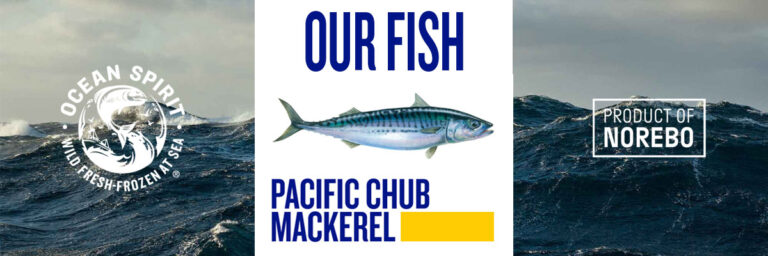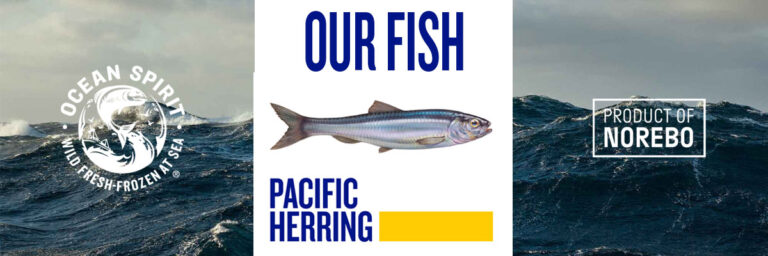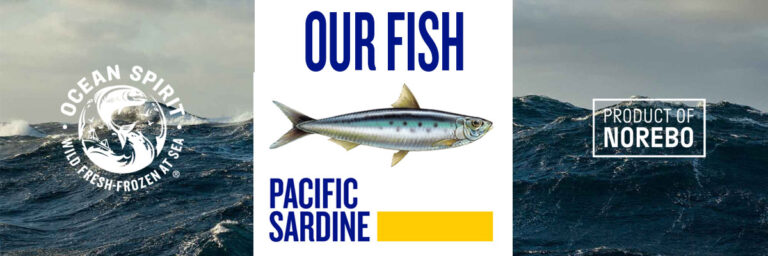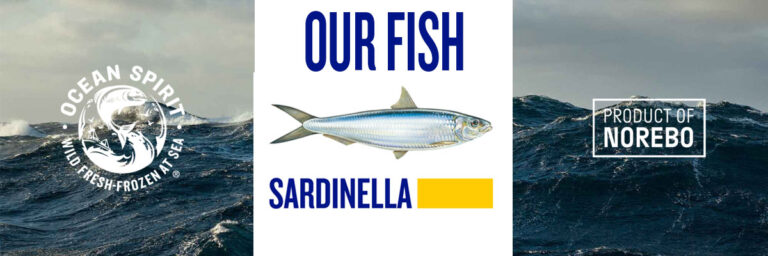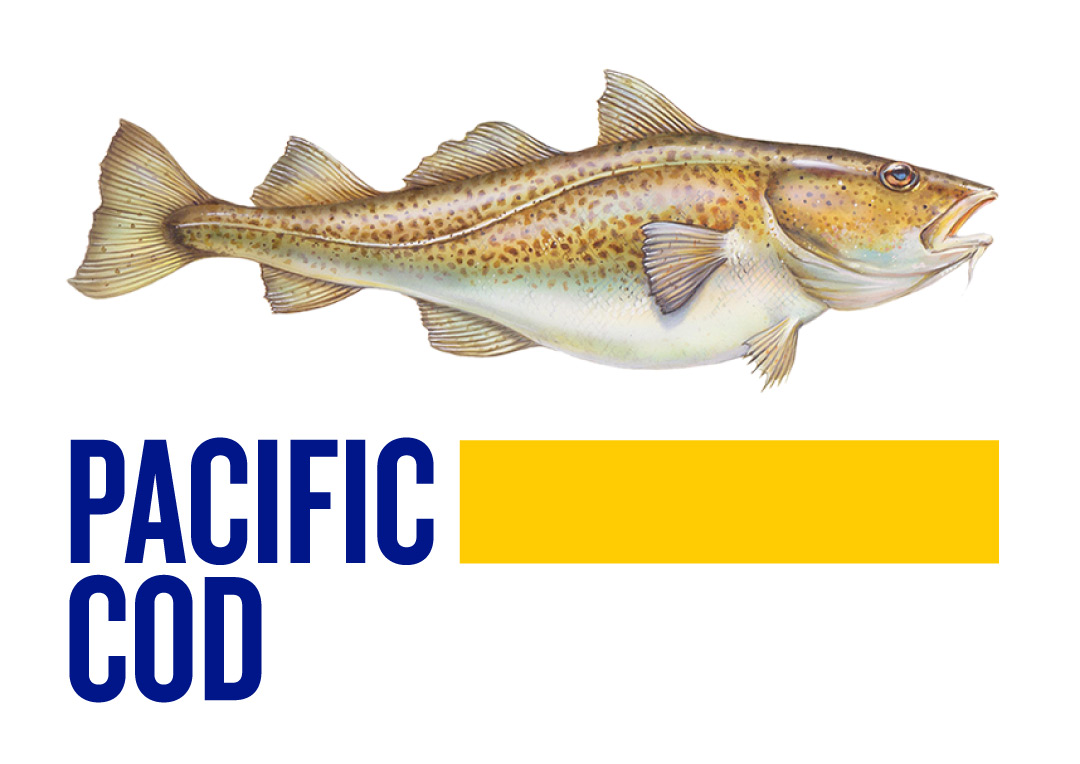
Similar in appearance to Atlantic cod, Pacific cod is a mild-tasting and versatile fish.
Our Pacific cod is line caught by an autoline longline system from the Sea of Okhotsk and the West Bering Sea, FAO area 61.


Pacific Cod
Headed and gutted (H&G)
| 1 x 14 kg |
| 0.5-1 | 1-2 | 2-3 | 3-5 | 5+ |
Pacific Cod
Roe, Milts, Liver and Neck Meat
| 1 x 15 kg |

